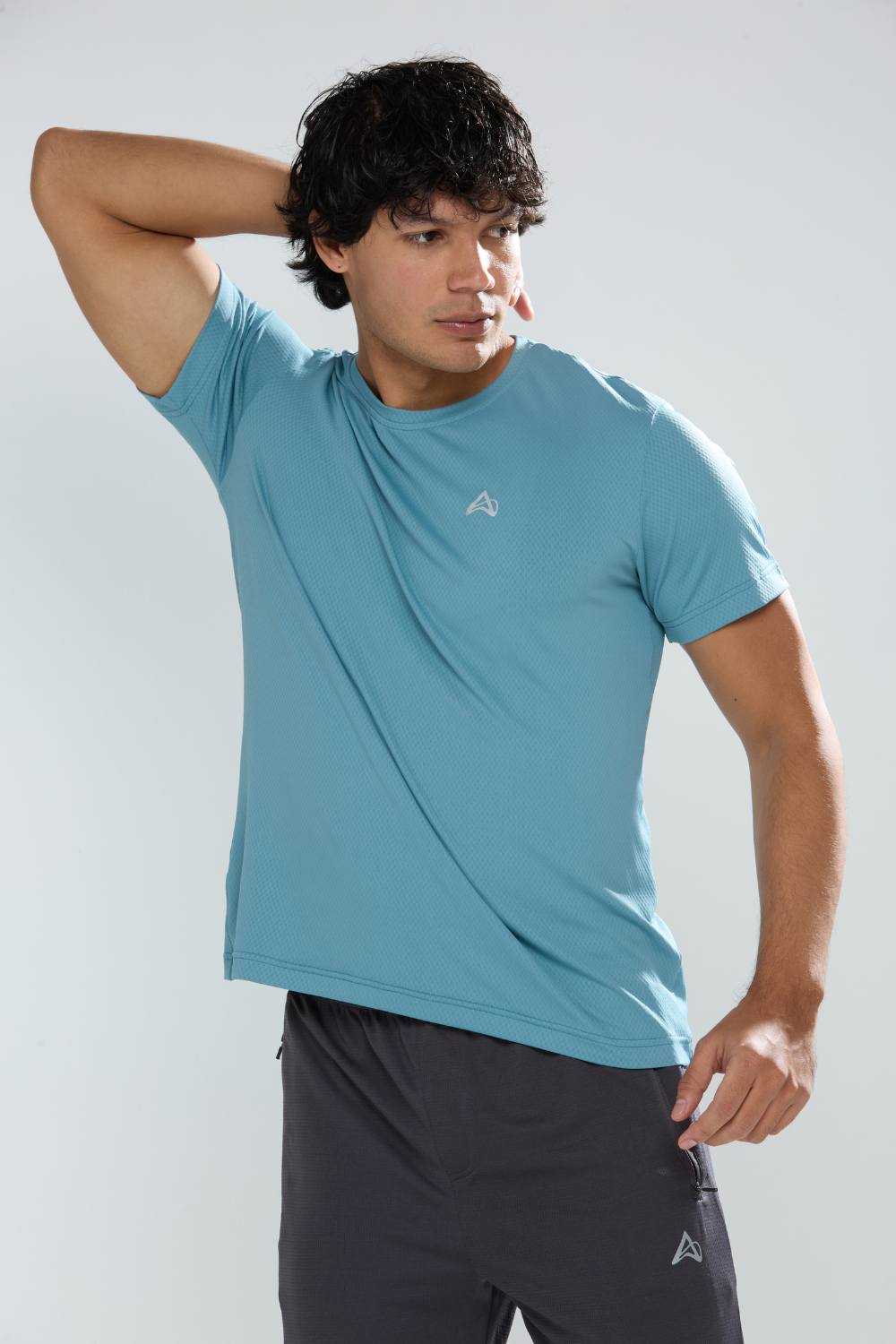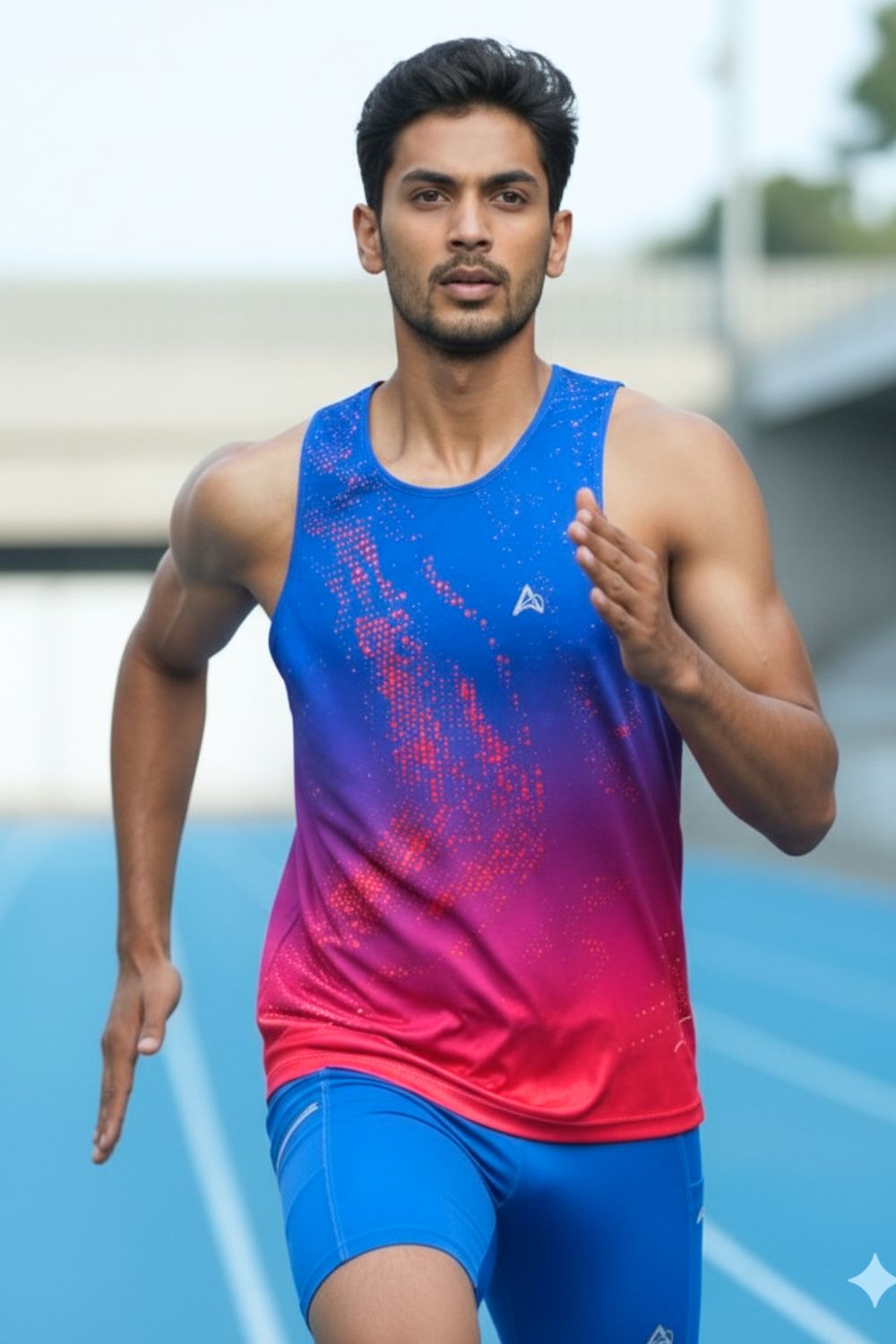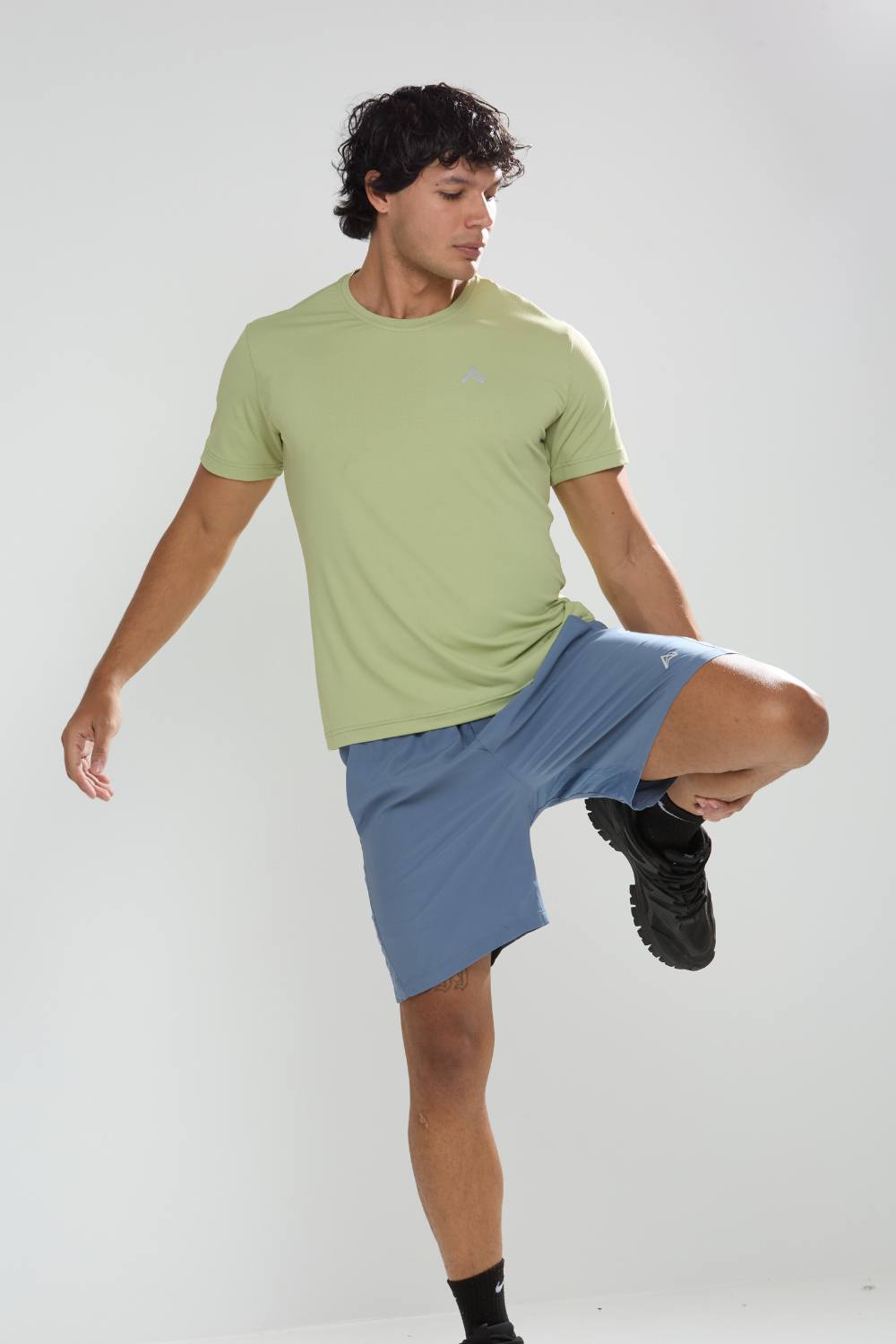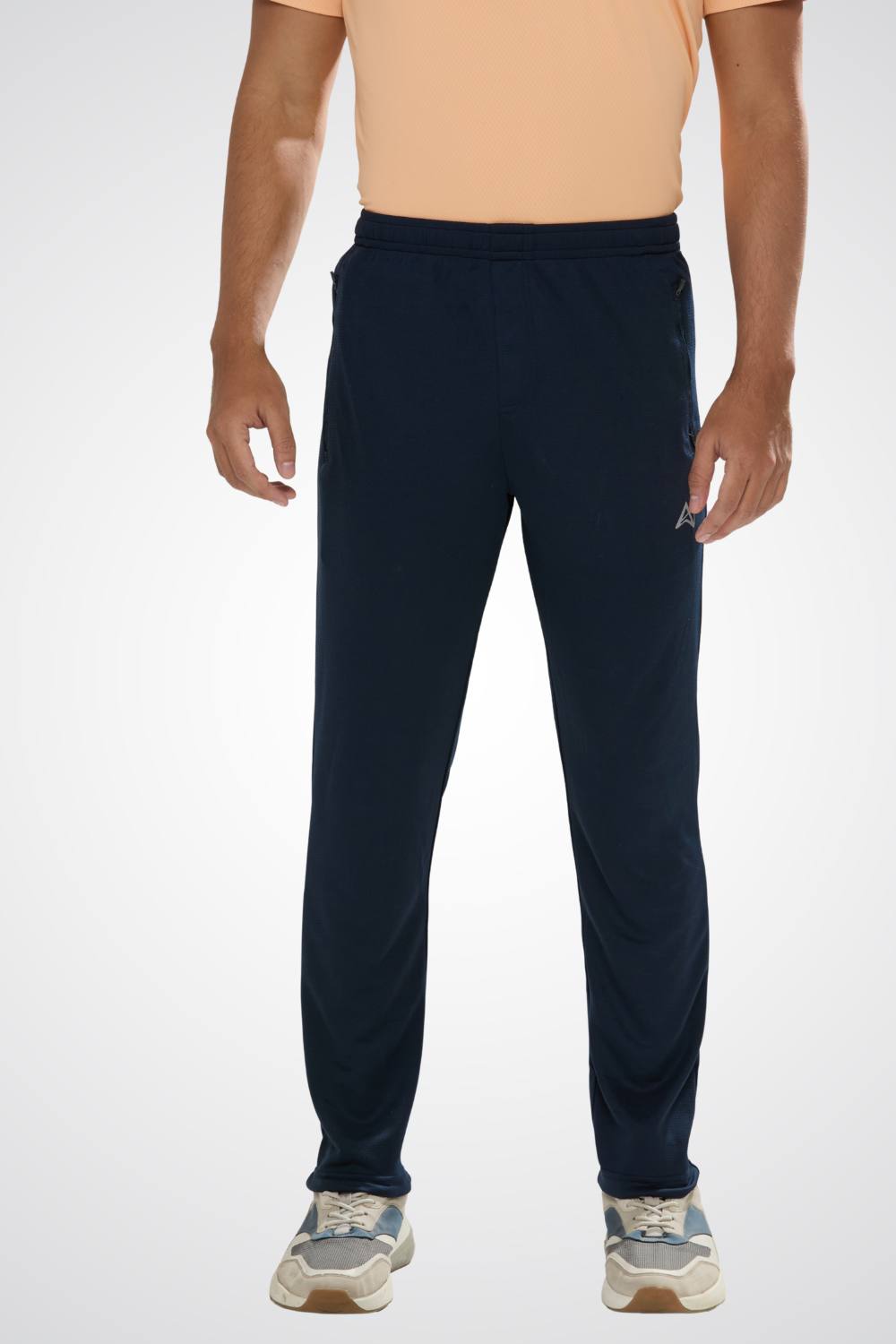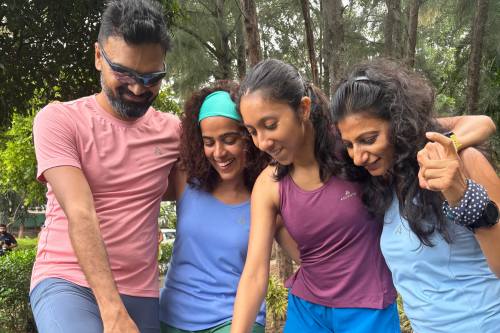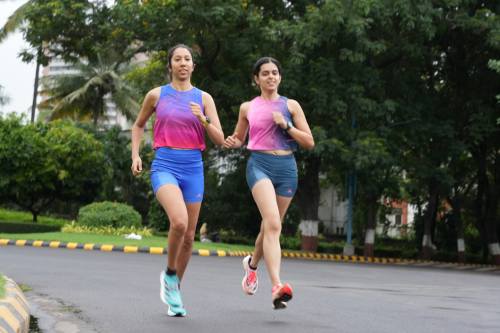Quick Listen:
In the sticky predawn glow of Mumbai's Marine Drive, where the Arabian Sea's humidity wraps around you like an unwelcome embrace, a legion of runners pounds the pavement. Their breaths come in measured gasps, syncing with the city's awakening hum. India's running boom is undeniable: marathons pack stadiums, fitness apps track millions of steps, and urban professionals trade briefcases for sneakers. Yet, in this tropical furnace where coastal hubs like Chennai and Kolkata routinely push relative humidity past 85% every stride battles not just distance, but the relentless cling of sweat-soaked fabric. For these athletes, victory hinges on more than endurance; it's about outsmarting the climate with gear that defies the damp. As fitness fervor surges across the subcontinent, a new era of activewear is emerging, engineered to conquer India's sweltering conditions and propel runners toward peak performance.
Tired of gear that slows you down? Chafing, soggy fabrics, and missing pockets kill your run's momentum. At Aguante, we're runners who get it. Our high-performance activewear features moisture-wicking fabrics, ergonomic designs, and smart storage to keep you focused. Shop Now!
The Heat is On: Why Humidity Changes Everything
India's weather isn't just hot it's a physiological adversary. Ambient temperatures soaring above 35°C (95°F), coupled with humidity levels often exceeding 80%, create a sauna-like trap that stifles evaporation, the body's primary cooling mechanism. Runners in this environment grapple with amplified thermal strain: sweat pools rather than evaporates, core body temperature climbs, and fatigue sets in faster. This external heat stress, as detailed in a rigorous investigation of thermoregulatory responses in hot outdoor running, markedly elevates core temperature (Tco) and heightens physiological demands, undermining exercise efficiency and elevating heatstroke risks.
The study, involving eleven male distance runners in controlled yet realistic trials, scrutinized a novel sweat-activated breathable T-shirt against standard polyester versions. Over two days, participants completed back-to-back 30-minute sessions at a steady heart rate of 120–130 beats per minute, employing a single-blind randomized crossover to isolate effects amid variable outdoor heat. While the innovative Dry Aeroflow fabric enhanced the clothing microclimate reducing local skin temperature and offering marginal relief these gains fell short of influencing systemic markers like overall core heat or sweat volume. The verdict? Promising on the surface, but functional apparel must evolve further to counter the deep-seated toll of humid exertion. For Indian runners, this research illuminates a stark reality: in a land where summer monsoons and year-round mugginess prevail, the quest for the ultimate heat-beating kit remains urgent and unfinished.
This climatic gauntlet isn't merely an inconvenience it's reshaping the very fabric of India's athletic landscape. The nation's running gear sector, a burgeoning powerhouse, underscores the scale of transformation underway. Valued at USD 2.4 billion in 2024, this market is on track to expand to USD 4.8 billion by 2033, propelled by a robust compound annual growth rate of 7.71% from 2025 onward. Driving this ascent are intertwined forces: heightened health consciousness, surging engagement in fitness pursuits, rapid urbanization, swelling disposable incomes, the allure of leisure running, the explosion of marathons and community races, athlete-backed endorsements, and the explosive rise of e-commerce.
Geographically, demand pulses strongest in diverse pockets North India's arid tracks, West and Central India's bustling metros, South India's balmy shores, and East India's verdant circuits each tailoring needs to local terrains. Product-wise, the lineup spans running footwear for grip and cushioning, apparel for unyielding comfort, accessories for utility, and fitness trackers for data-driven insights. Segmentation by gender male, female, unisex ensures inclusivity, while distribution channels from specialty sports outlets and hypermarkets to online portals and discount emporiums democratize access. As per comprehensive sector evaluations, these dynamics paint a portrait of a fitness revolution, where humid hurdles catalyze innovation rather than halt progress.
Innovating for the Indian Runner
At the vanguard of this shift stand Indian activewear pioneers, retooling their arsenals to vanquish humidity's grip. Moisture-wicking textiles have transcended novelty, becoming the gold standard fabrics like nylon-polyester blends that siphon perspiration from skin to surface, hastening evaporation even in saturated air. Homegrown labels such as Aguante, with its passion-fueled collections of singlets, shorts, and tees, champion seamless designs and flat seams to slash chafing in 90% humidity. Their gear, born from runner's real-world trials, prioritizes ergonomic cuts that move with the body, not against it.
Nike India echoes this ethos, leveraging proprietary Dri-FIT technology in lines like the Repel UV Jacket and Miler Running Top. These pieces, optimized for wet-weather resilience, channel moisture away while ventilating hotspots, proving indispensable for Mumbai marathoners navigating pre-dawn drizzle or Delhi's dry scorch. Beyond basics, forward-thinking brands infuse UV-blocking filaments, shielding against India's unrelenting solar assault during peak-hour dashes. It's engineering meets empathy: apparel that doesn't just endure the tropics but empowers athletes to thrive within them.
Sustainability weaves through this narrative, too. With eco-literacy rising among urban joggers, labels are pivoting to recycled polyester derivations and bio-based cottons that wick efficiently without environmental toll. These resilient materials fend off odor buildup and structural decay from perpetual sweat exposure, extending garment lifespans in a market where wash cycles are relentless. Emerging tech teases even bolder horizons phase-change materials that absorb and release heat, or antimicrobial coatings to neutralize bacteria in muggy climes. Though nascent, such advancements signal a trajectory where activewear doesn't merely cope with humidity; it anticipates and adapts to it.
Real Runners, Real Solutions
Behind the blueprints are stories from the trail. Aguante's ascent, for instance, stems from founder Manoj's epiphany amid Pune's oppressive haze: "I was logging kilometers in Pune's heat and humidity, and I realized my gear was holding me back. It wasn't wicking sweat, the seams chafed nothing worked." This sparked a lineup of featherweight shorts and grippy socks, lauded by Bengaluru and Hyderabad crews for sustaining stride through surprise monsoons. Nike's localized tweaks, including perforated panels for airflow, have similarly won converts among Chennai club veterans, who layer them over base levels for hybrid defense against coastal steam.
Grassroots ingenuity amplifies these efforts. Chennai's pack runners, drawing cues from Southeast Asian counterparts, mastermind hybrid ensembles: ultra-sheer vests atop wicking liners, or ventilated caps echoing Singapore's anti-slip paradigms. These hacks, shared via club forums and social feeds, loop back to brands, refining patterns for broader appeal. As global humid-zone trends think Bangkok's mesh-heavy kits infiltrate Indian ateliers, the result is a cross-pollinated arsenal: durable, stylish, and unforgivingly practical.
Consider the ripple in events: India's calendar brims with propulsion, from the Bengaluru International Marathon to the Adani Ahmedabad spectacle, with platforms like Ahotu cataloging over 50 marquee races for 2025–2026 alone, plus innumerable local skirmishes. Here, tailored gear isn't optional it's the edge that turns amateurs into finish-line fixtures.
The Roadblocks: Cost, Access, and Culture
Yet innovation's path is pocked with pitfalls. Foremost is resilience: even elite fabrics fray under ceaseless assault from sweat, salt, and sporadic downpours, demanding frequent turnover that strains budgets. Premium innovations, like the Dry Aeroflow variant from the thermoregulation probe, command steep premiums often 20–30% above basics sidelineing them for the masses in a nation bridging economic chasms through sport.
Equity lags, too. Metro hubs like Delhi and Mumbai teem with boutique shelves and seamless apps, but hinterland athletes in East India's hamlets or rural Rajasthan scrounge for subpar cottons that plaster to skin like wet cement. As distribution diagnostics reveal, conduits like supermarkets and digital marketplaces cluster urbanely, leaving peripheries underserved and innovation siloed.
Cultural currents complicate further. India's sartorial flair favors vibrant motifs and flowing silhouettes, clashing with the austere minimalism of performance wear. Runners, especially women, weigh function against form, wary of forgoing ethnic echoes for spartan synthetics. Brands must finesse this: infuse bold prints into breathable weaves, or modular designs blending tradition with tech, lest stylistic snubs stall adoption.
Seizing the Opportunity
Barriers notwithstanding, the vista dazzles with potential. The marathon mania fueled by endorsements from stars like Milind Soman forges fertile ground for niche conquests. Brands forge alliances with elites and bankroll meets, parading prototypes to rapt crowds. E-commerce's ascent, a cornerstone of the market's surge, flattens hierarchies: platforms ferry unisex trackers and gender-specific shorts to doorsteps in Tier-3 towns, broadening the buyer pool exponentially.
Domestic fabrication beckons as a multiplier. India's textile titans, already global linchpins, could localize production, trimming import duties and logistics lags to halve costs. This not only affordability-amps gear for the everyman but ignites employment in weaving hubs like Tirupur, fortifying supply veins against disruptions. The payoff? A symbiotic surge: runners fleet-footed, economies invigorated.
Spotlighting trends, voices like Infinito Wear's cadre herald hybrid athleisure versatile pieces doubling as daily drivers crafted from climate-attuned yarns that breathe and stretch sans compromise. As Heka Fashion notes, this fusion marries lightness to lifestyle, suiting India's polyphonic paces.
A Future Tailored for the Tropics
Visionaries chart an luminous course. Designers in Bengaluru and Gurugram foresee activewear symbiotically synced to India's idiosyncrasies: instantaneous-cooling meshes for Delhi's dust devils, monsoon-gripping treads for Kerala's deluges. Climate volatility, per experts, mandates such prescience fabrics that intuit sweat signatures or zonal variances, per Manoj's forward gaze. "Anti-chafe futures gleam," opines one outlook, with smart sensors detecting dampness and bio-fabrics slashing waste.
Ultimately, India's runners helm this renaissance, their relentless pursuit molding markets anew. From viral Aguante drops to Nike's adaptive drips, demand dictates departure from bland blueprints. Imperatives crystallize: pour into textile breakthroughs, demystify perks for novices, and infiltrate nascent frontiers. As this sprint culture accelerates, activewear must match breath by wicking breath, innovation by humid stride.
Frequently Asked Questions
How big is India's running gear market and why is it growing so fast?
India's running gear market was valued at USD 2.4 billion in 2024 and is projected to reach USD 4.8 billion by 2033, growing at 7.71% annually. This growth is driven by increased health consciousness, urbanization, rising disposable incomes, the popularity of marathons and community races, and the explosive rise of e-commerce making gear accessible across different regions. The market spans footwear, apparel, accessories, and fitness trackers, with demand strongest in North, West, Central, South, and East India.
What makes running in India's humid climate so challenging for athletes?
India's humid climate creates a physiological challenge where temperatures above 35°C (95°F) combined with humidity levels exceeding 80% prevent effective sweat evaporation, the body's primary cooling mechanism. This causes sweat to pool rather than evaporate, leading to elevated core body temperature, faster fatigue onset, and increased risk of heat-related illness. Research shows this humid environment significantly amplifies thermal strain and undermines exercise efficiency for runners.
Which Indian activewear brands are best for running in hot, humid weather?
Leading brands like Aguante and Nike India have developed specialized moisture-wicking activewear for India's climate. Aguante offers seamless designs with flat seams to prevent chafing in 90% humidity, while Nike's Dri-FIT technology in products like the Repel UV Jacket channels moisture away while ventilating hotspots. These brands focus on nylon-polyester blends that wick sweat from skin to surface and include UV-blocking features for India's intense solar conditions.
Disclaimer: The above helpful resources content contains personal opinions and experiences. The information provided is for general knowledge and does not constitute professional advice.
You may also be interested in: How Indian Runners Build Endurance With Proper Gear
Tired of gear that slows you down? Chafing, soggy fabrics, and missing pockets kill your run's momentum. At Aguante, we're runners who get it. Our high-performance activewear features moisture-wicking fabrics, ergonomic designs, and smart storage to keep you focused. Shop Now!
Powered by flareAI.co





